What Is Carry Over Cooking
Feb 06, 2024, Updated Sep 13, 2024
This post may contain affiliate links. Read more at our disclosure policy.
Carry Over Cooking is a fundamental concept in food science, crucial for anyone who loves to cook or simply enjoys a perfectly cooked piece of meat. This phenomenon occurs when food, especially meat, continues to cook even after being removed from its heat source. Understanding what is carry over cooking is essential for achieving desired doneness and preserving the quality of meats like steaks, roasts, and other varieties.
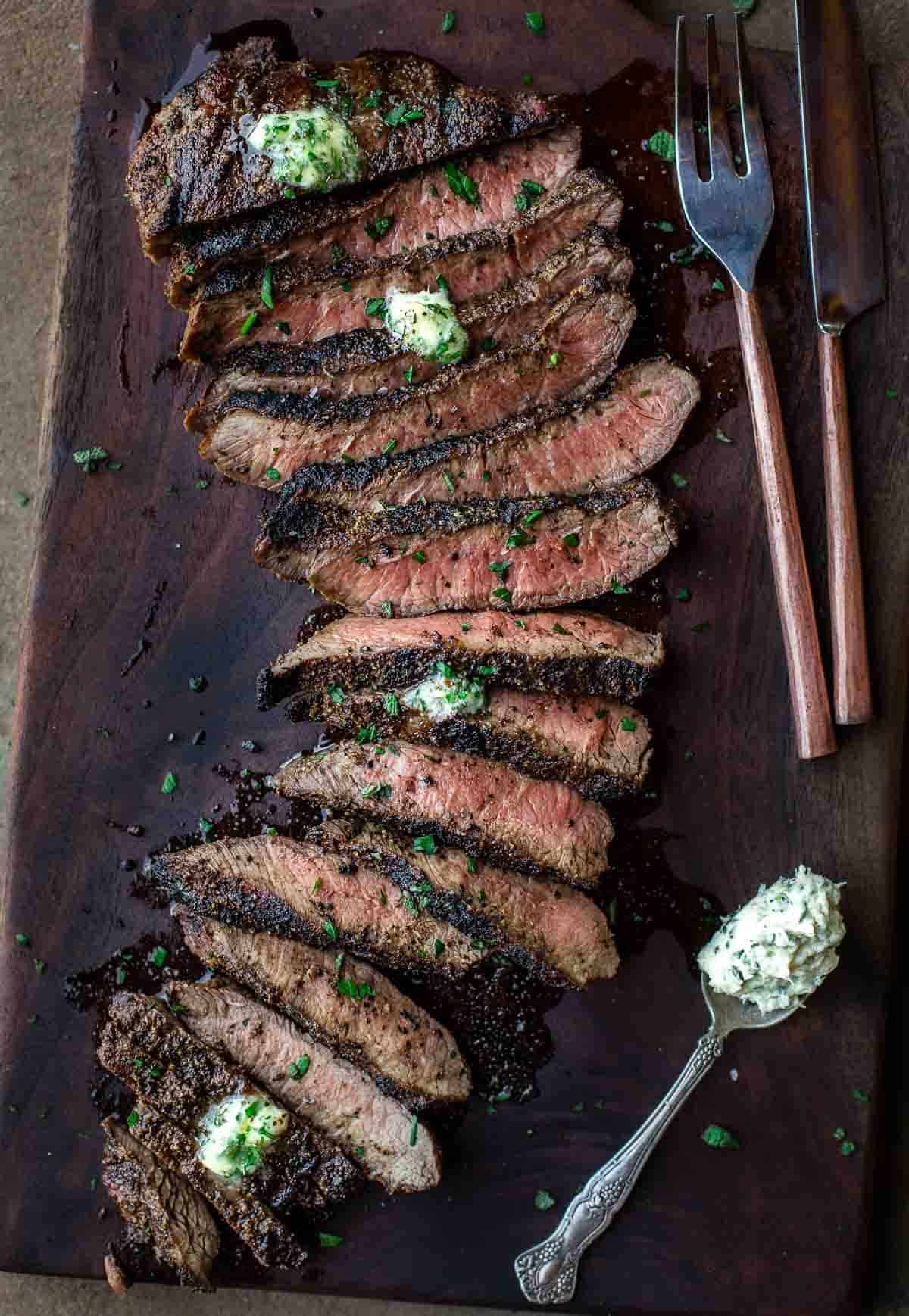
The goal with any of our recipes is to make sure you can be the hero of the grill or smoker and cook your food to your desired temperature and flavor profile. In order to do this it’s important to understand the science of carry over cooking.
Table of Contents
The Science Behind Carry Over Cooking
At the heart of carry over cooking is the transfer of heat. When you cook meat, heat moves from the surface inward. Even after the meat is removed from the oven, stove, or grill, or even fire pit, the heat doesn’t stop instantly. Instead, it continues to flow towards the cooler center of the meat, causing the internal temperature to rise. This residual cooking process is what we refer to as carry over cooking.
Thermoworks wrote a very detailed article about the science behind carry over cooking.
Factors Influencing Carry Over Cooking
Several factors can affect the degree of carry over cooking:
- Size and Thickness of Meat: Larger and thicker cuts of meat, like roasts, exhibit more pronounced carry over cooking. Primarily due to the greater mass and internal heat.
- Cooking Temperature: High-heat cooking methods will lead to more significant carry over cooking.
- Type of Meat: Different meats, due to their structure and fat content, respond differently to carry over cooking. Think American Wagyu versus Choice steaks and their very different marbling.
Carry Over Cooking in Steaks
Steaks are a classic example where carry over cooking plays a vital role. A perfectly cooked steak is often judged by its internal temperature and level of doneness, from rare to well-done.
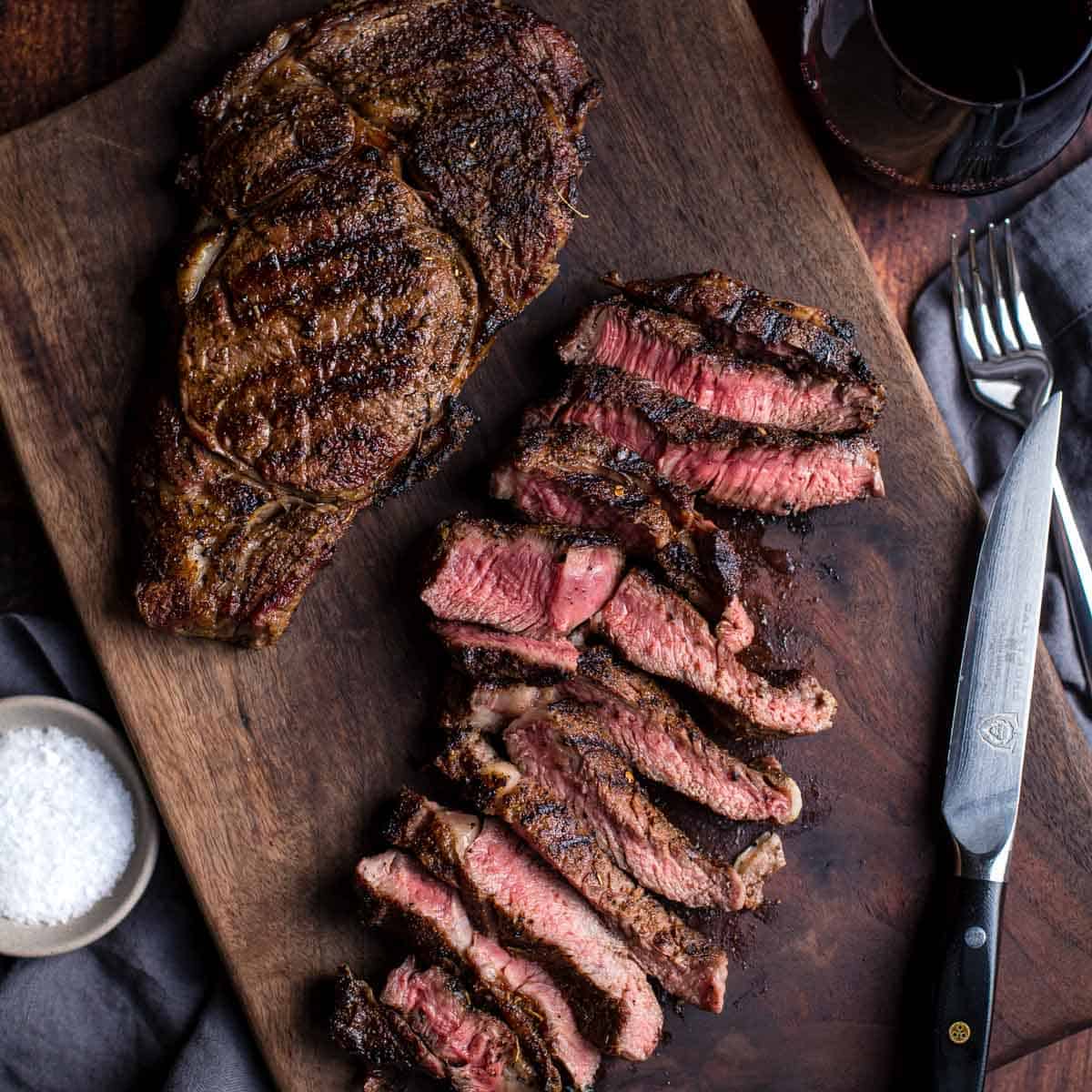
If you desire a medium-rare steak, you should remove it from the heat when it’s a few degrees below the target temperature. Meaning if you want that medium-rare steak at around 135 degrees F, then you should pull it from the grill when the internal temperature reads 130 degrees F. The carry over cooking will bring it to the perfect doneness without overcooking.
The Importance for Roasts
Roasts, due to their size, are particularly susceptible to carry over cooking. A roast pulled out of the oven or grill at its target temperature will likely end up overcooked. Therefore, it’s crucial to remove roasts before they reach the desired internal temperature, allowing the carry over cooking to finish the process gently.
We do this with our Grilled Prime Rib. We are sure we remove the roast well before it’s at our desired internal temperature.
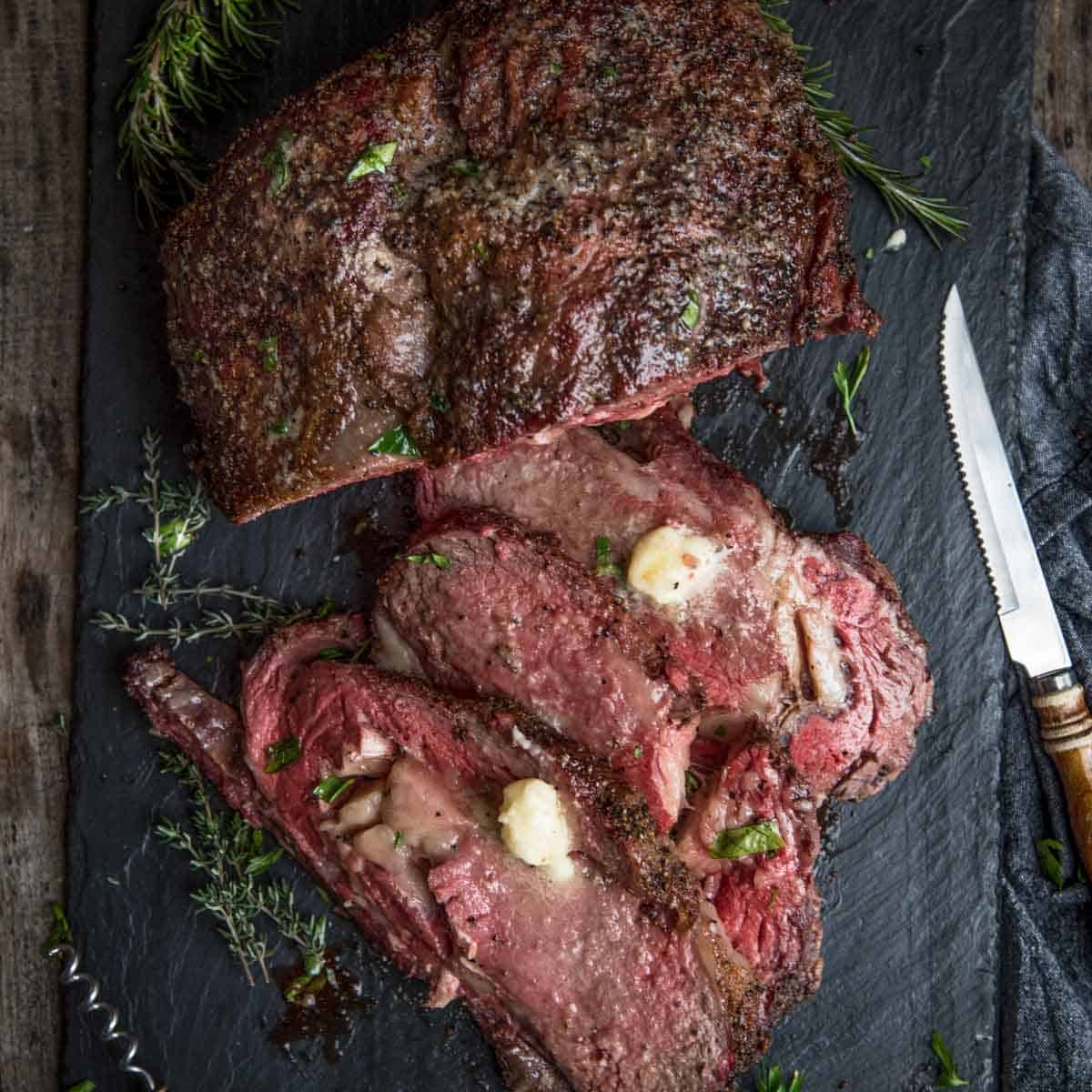
Carry Over Cooking Chart
| Target Finishing Temperature | Remove Steak At: | Remove Roast At: |
| Black and Blue (120°F) | 110°F | 100°F |
| Rare (120-130°F) | 115 – 120°F | 110°F |
| Medium Rare (130-135°F) | 125 – 130°F | 120°F |
| Medium (135-145°F) | 130 – 135°F | 125 – 130°F |
| Medium Well (145-155°F) | 140 – 145°F | 135 – 140°F |
| Well Done (155°F and above) | 150°F | 145 – 150°F |
Other Meats
Carry over cooking happens in other meats. It’s also essential when cooking poultry, pork, and lamb. The key is to know the ideal internal temperature for the type of meat and its cut. Also to account for the increase in temperature during the resting phase. For example when cooking chicken the perfect chicken temperature will vary depending on whether it’s the breast or the thigh.
Tips for Perfectly Cooked Meats
- Use a Meat Thermometer: This is your best tool for monitoring internal temperature. Use both an instant read and a leave-in version.
- Measure Thickest Part Of Steak: Regardless of the cut always take the temperature in the thickest part of your cut.
- Resting Time: Always allow your meat to rest after cooking. This period not only allows for carry over cooking but also lets the juices redistribute.
- Understand Your Recipes: Many recipes assume carry over cooking, so read them carefully and focus on your perfect temperature.
Would you like to save this?
Cooking At Lower Temperatures
When cooking at lower temperatures, like smoked brisket or even smoked pork butt, or when braising cuts like short ribs, carry over cooking still occurs.
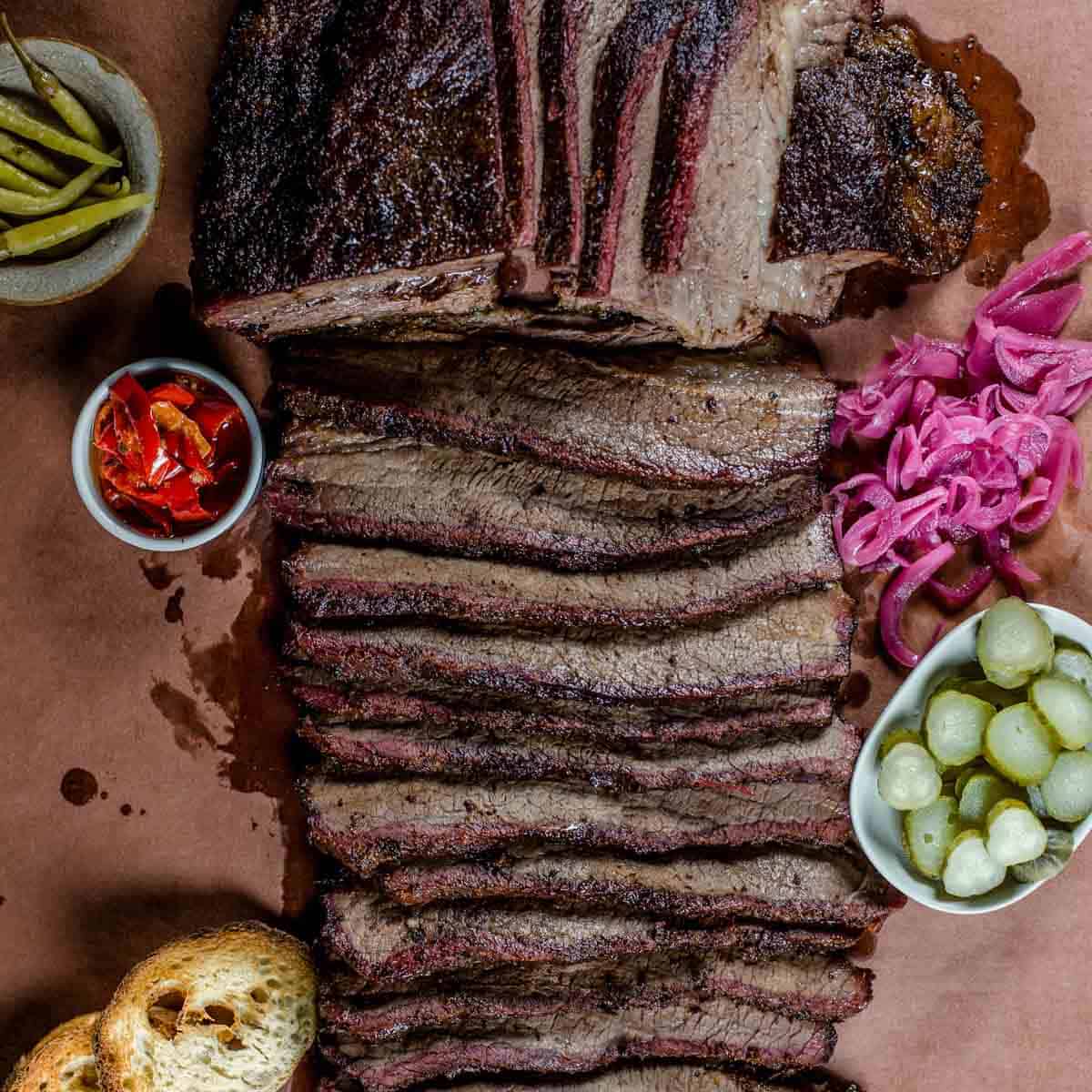
Certain cuts of meat are better served cooked at a low temperature or braised for long periods of time so they achieve a beautiful texture. Even when cooking at lower temperatures carryover cooking still happens and should be accounted for.
It’s not uncommon to want your brisket or braised short ribs to cook to an internal temperature of over 200 degrees Fahrenheit. When we mention remove the meat when it reaches 200 degrees F, and let the meat rest it’s also to take carry over cooking into consideration. Since they are typically larger roasts you can expect a fair amount of increase in temperature as the meat rests.
Frequently Asked Questions
If you remove your steak when the internal temperature reaches 135 degrees you can expect the steak to continue cooking to 140 as your final temperature. So if you wanted a medium rare steak, this result will start to get into the medium and medium-well territory.
Unless you have a flash cooling method like restaurants, you won’t prevent carry over cooking. The best way to prevent overcooking your food is to know carry over cooking will occur and pull your meat off just before your desired internal temperature, taking into account the additional rise that will happen.
Expect a steak to carry over cook 3 to 6 degrees Fahrenheit depending on the level of thickness. We typically assume 5 degrees. So if we want a steak at 130 degrees, we remove it and let rest when the internal temperature reaches 125.
Expect a large roast (anything over 3 pounds) to carry over cook between 5 and 10 degrees Fahrenheit. For example when we make Smoked Prime Rib we remove it at 125 degrees F and expect it will increase in temperature to 135 degrees as it rests.
Tools Needed To Measure Temperature
- Instant Read Meat Thermometer – Having a good quality instant read thermometer allows you to take the temperature quickly and remove the meat when it hits your target temperature. We recommend the Thermoworks Thermapen One or the Thermoworks Thermopop.
- Leave-In Bluetooth Thermometer – You can buy various thermometers that you leave in your meat as it cooks. It will relay to a receiver or your phone the internal temperature in real time. Then you complement that with real time measurements using your instant read thermometer. We use and recommend the Thermoworks Smoke Unit or the Smoke X.
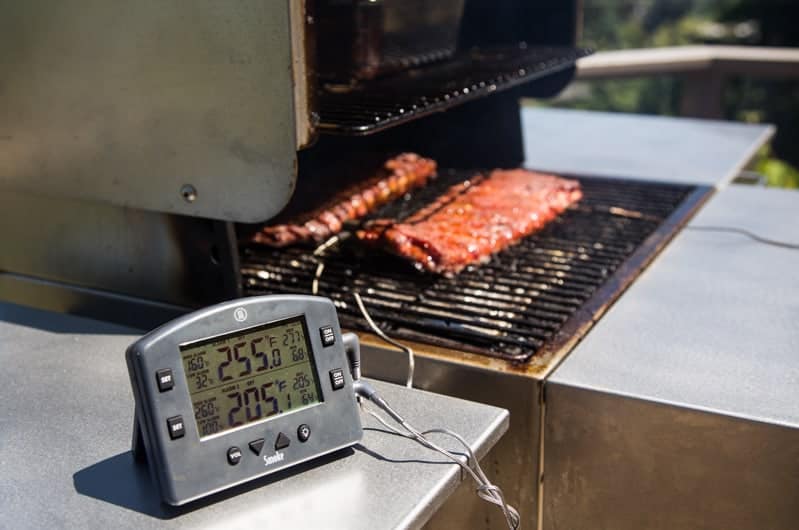
Chef’s Note: We strongly recommend that you do not use a dial thermometer. These take too long to measure temperature and are not precise enough.
Get Cooking
Mastering carry over cooking can elevate your culinary skills dramatically, ensuring that meats are cooked to perfection every time. By understanding and anticipating the effects of residual heat, you can avoid the common pitfall of overcooking, resulting in juicier, more flavorful dishes. Whether you’re a seasoned chef or a home cook, paying attention to this subtle yet significant aspect of cooking will make for better results.
About Vindulge
Mary (a certified sommelier and recipe developer) and Sean (backyard pitmaster) are co-authors of the critically acclaimed cookbook, Fire + Wine, and have been creating content for the IACP nominated website Vindulge since 2009. They live in Oregon on a farm just outside Portland.
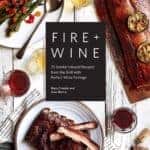

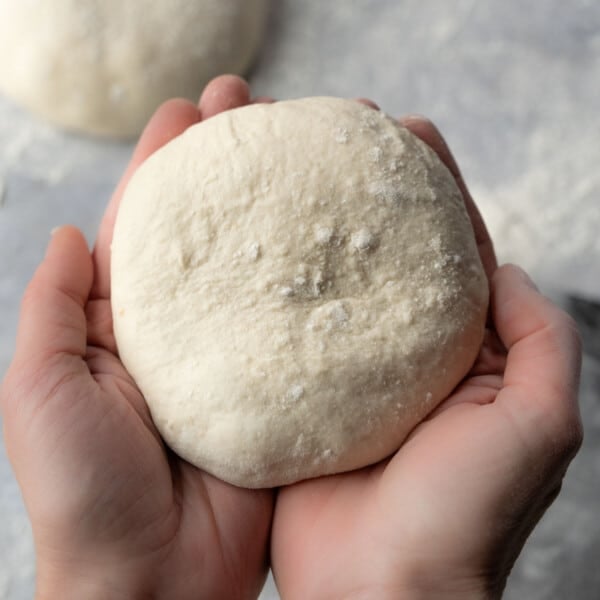
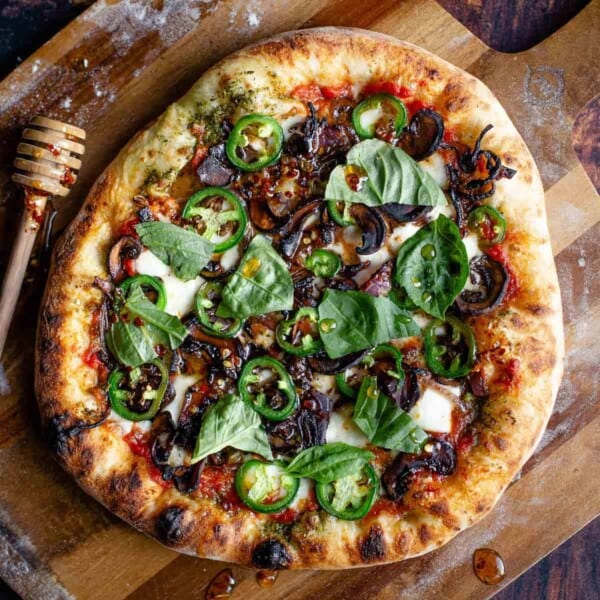
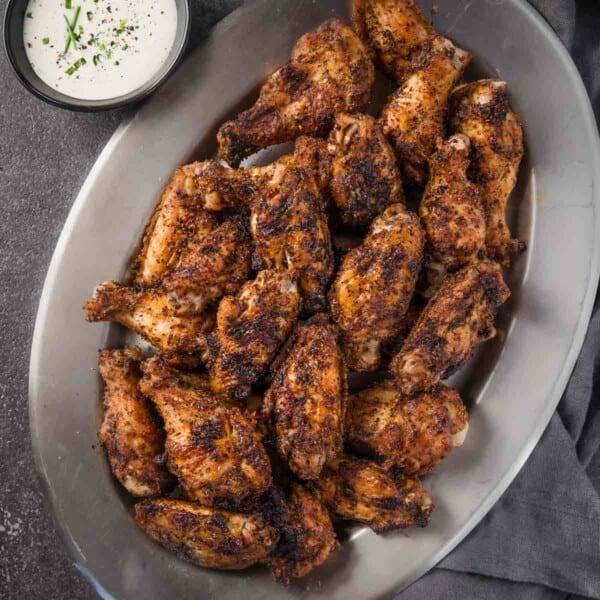
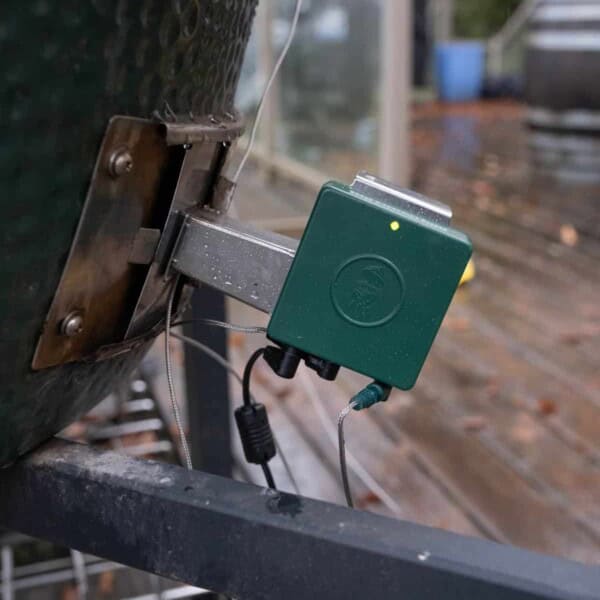

















thank you
Our pleasure! It’s good to know carry over cooking so you can remove your roast or steak at the right temp to account for it for the perfect bite.